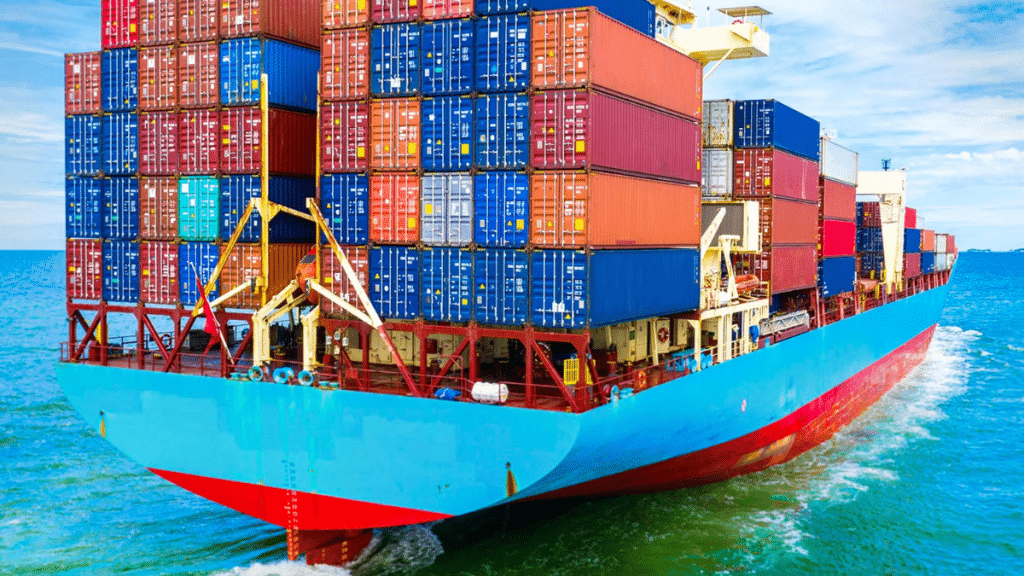What Is Ocean Freight Consolidation?
Consolidation is a flexible and cost-effective method of shipping small shipments in one container, allowing even minor orders to benefit from affordable ocean transport. This approach is popular due to its flexibility and cost-effectiveness in the modern supply chain landscape. It makes international trade accessible for businesses of any size without significant upfront investments in shipping capacity.
Ocean freight consolidation is a shipping method where multiple shippers combine their goods into a single container, allowing each party to share transportation costs proportionally. This benefits companies with limited cargo volume, expanding internationally without high shipping costs, and optimizing global supply chains. For instance, importers and exporters increasingly rely on solutions like Italy to US shipping consolidation to efficiently move products between continents, balancing speed, reliability, and cost in one strategic step.
How the Process Works
The consolidation process involves suppliers delivering goods to a consolidation warehouse, which groups shipments for the same destination. This warehousing phase maximizes container space by sorting, inspecting, and preparing cargo. Operations teams focus on packing and scheduling to minimize wasted space. Once loaded, the container is booked for ocean transport and monitored throughout its journey. The container is unpacked, and individual shipments are distributed to their consignees. Precise labeling, synchronized documentation, and seamless tracking are essential to prevent delays. Leading freight forwarders use advanced technology to update shippers and ensure customs requirements are met.
Cost Savings and Efficiency Gains
Freight consolidation offers significant cost savings for smaller companies and those shipping variable volumes. By sharing costs and risk among several shippers, companies can save up to 30–40% on unit shipping costs compared to full-container shipping. This approach also provides greater operational agility, allowing supply chain managers to ship more frequently and maintain steady inventory, reducing warehouse holding fees and out-of-stock risks. Businesses leveraging consolidation report improved cash flow from shipping smaller volumes more often, and are less likely to face costly disruptions if orders spike or dip. However, FCL shipping may still be the more efficient and secure choice for larger shipments or consistently high-volume needs, offering dedicated container use and reduced handling of goods in transit.
Steps for a Smooth Shipment
To ensure a smooth shipment, choose a reliable freight forwarder with a strong track record in consolidation. Prepare all necessary documents, such as bills of lading and packing lists, to reduce customs clearance risks. Provide clear instructions on bookings to prevent mix-ups. Monitor shipments using real-time software or web portals to be proactive about delays—plan for delays by setting critical deadlines and regularly communicating with all parties involved.
Common Challenges and Solutions
Consolidation is a logistics method with common challenges like cargo readiness mismatches, incompatible goods sharing containers, and customs requirements. Smart logistics companies use shared digital dashboards to streamline processes, allowing suppliers to see schedules, consignees to track goods, forwarders to coordinate arrival sequencing, and multi-tenant consolidation centers to offer storage until all cargo is ready. This helps resolve issues before they become bottlenecks.
Environmental Benefits of Consolidation
Consolidation is a practical step towards building a more sustainable supply chain by maximizing each container’s load, reducing fuel usage, and carbon emissions per ton shipped. Consolidation enables logistics to meet business needs while minimizing environmental impact in a world focused on green initiatives. Smart, efficient shipping models are crucial to international climate goals and are attractive to investors and customers, building stronger reputations and long-term resilience.
Choosing the Right Freight Forwarding Partner
Consolidation shipments’ success relies on partners with proven consolidation know-how, advanced tracking platforms, and excellent customer support. Technology, such as real-time updates and automated paperwork, reduces errors and provides peace of mind. Request references from clients with similar needs or start with a pilot project before scaling up. Supply chain leaders believe consistent, reliable partners are the foundation for a responsive, cost-effective logistics operation.
